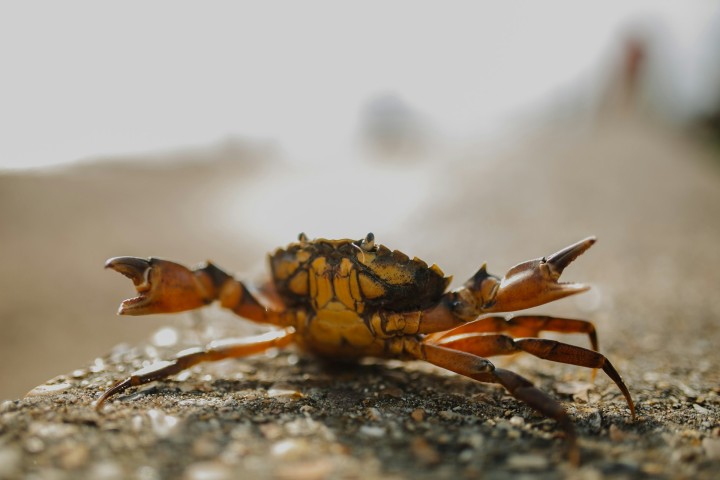Environmentally friendly coating for boats based on crustacean waste (chitosan)
Professor Chris Stevens from the Faculty of Bioengineering at UGent and his team modified chitosan to give it an extra protective effect. Thus, the substance should be able to counteract on the hull of sailboats the fouling of mussels, barnacles, algae and the like.

Naturally, the chitosan derivative has a protective effect against fungi and bacteria. It is used, for example, in agriculture and for water purification, in the food and cosmetic industries, for suppressing sweat odour and for medical applications.
Professor Chris Stevens from the Faculty of Bioengineering at UGent and his team modified the material to give it an extra protective effect. Thus, the substance should be able to counteract on the hull of sailboats the fouling of mussels, barnacles, algae and the like.
"To combat this kind of fouling on boats, toxic products are usually used. We took on the challenge of tackling this in a more biological way, so there is no risk to the environment," Professor Stevens told the Dutch site "MaakIndustrie". "Moreover, we managed to turn food waste into something useful, which allowed us to reduce the ecological footprint of this product to the limit."
Sail around the world
The special coating could soon be tested extensively in the water. This is because it has been applied to part of the sailboat of sailor Erik Kiekens, who is leaving Ostend on 8 July on a sailing trip around the world, under the name Sailing Le Grand Bleu. During the trip, it will have to be seen whether the chitosan derivative is sufficiently protective against the growth of mussels, barnacles, fungi and bacteria. Kiekens is a former chemist himself and has been researching anti-fouling paints for years. Until now, however, these have contained toxic substances. For this reason, among others, he will test UGent's product, alongside his own formula, based exclusively on natural ingredients. With UHasselt and KULeuven, he entered into a collaboration for the use of nanotechnology for these applications.
Green chemistry
The researchers' coating is a stepping stone to the type of research Ghent University wants to focus on with its brand new international Green Chemistry network: designing chemical products and processes that reduce the use of hazardous substances or even make them completely unnecessary. This network pools the expertise of chemists from universities around the world: York (UK), Toulouse (France), São Paulo (Brazil), Maastricht (Netherlands), Tennessee (US), Sichuan (China), Hong Kong (China), Karlsruhe (Germany) and Zurich (Switzerland). Coordination of the international network will be done by UGent.
The aim of the network is to offer education, research and services for companies on an international scale on sustainable chemistry, focusing on how green technology can be used in production and design processes.
Source: deredactie.be